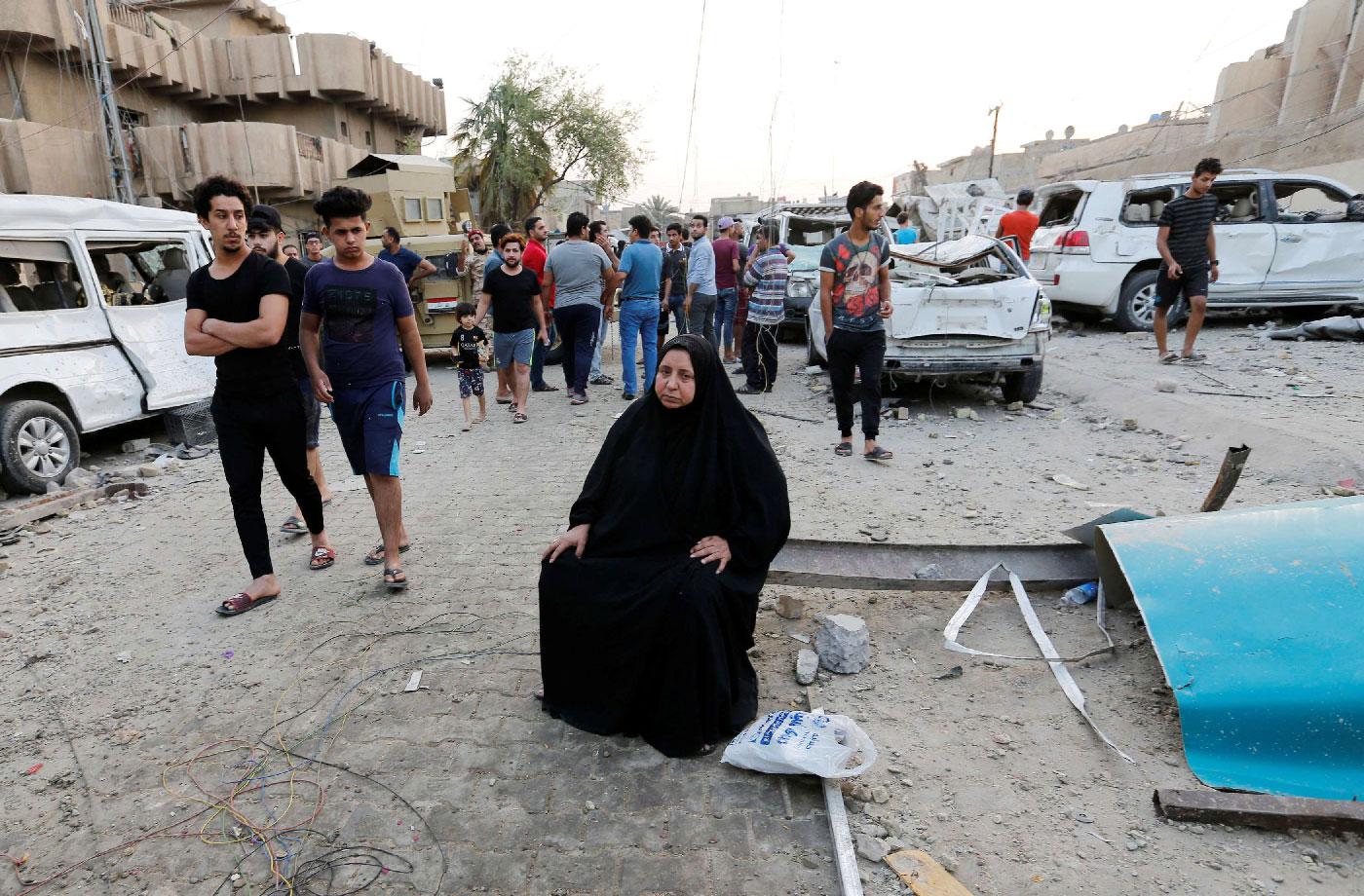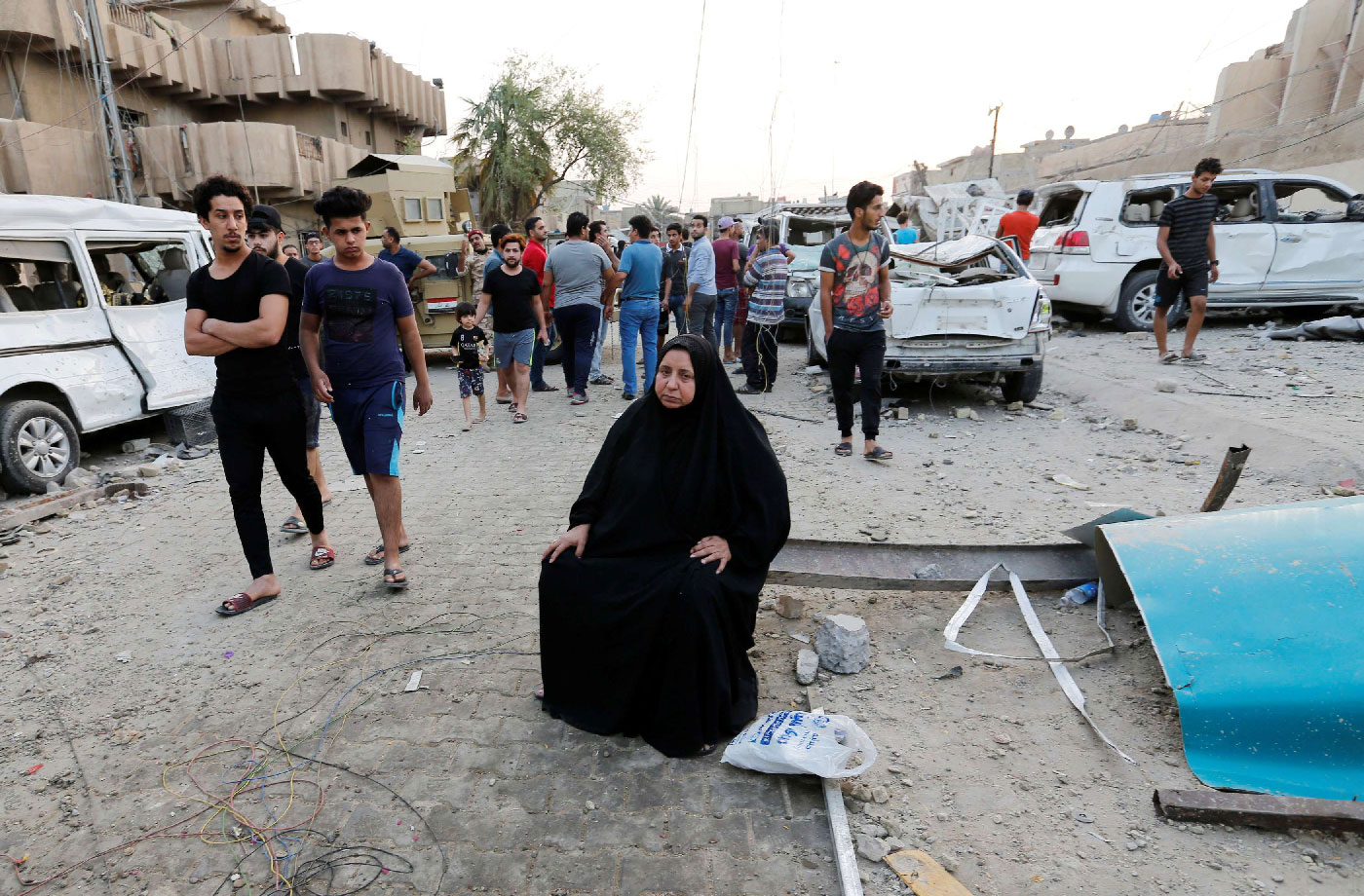Iranian-American collusion produced a failed state in Iraq
In 2002, a few months before the US decision to invade Iraq, there was talk in circles close to the White House about a grave decision by former US President George W. Bush and Vice-President Dick Cheney to reshape the Middle East.
The cornerstone of the plan then was Iraq. More than one official spoke of overthrowing the regime headed by Saddam Hussein and replacing it with one that would stand as a model for all countries in the region. It was to be a model based on equality among all citizens, political plurality and peaceful transition of power through elections. The goal was nothing short of “spreading democracy” in the Middle East.
That was for public consumption. In reality, and in private discussions with US officials, the importance of Iraq as a country sitting on huge oil reserves always floated to the surface. The Americans wanted to change the region by starting with a country rich with its strategic natural resources, its agriculture and especially a precious commodity called human resources.
We all knew that Washington’s desire was to change the balance of power in the Middle East and turn Iraq into a US satellite through which it could pressure other Gulf countries into implementing significant internal reforms. The US administration was not that knowledgeable about the Gulf countries it wanted to change and certainly incredibly naive about Iran, its local partner in the war on Iraq.
The proof of US ignorance about Iraq was the conference of the Iraqi opposition in London in 2002. One simply has to look at how this event took place to become convinced that the US administration had fallen in Iran’s trap.
That conference would not have been possible without Iran’s cooperation. All the participants, including the Kurdish representatives, were flown to London in the same plane from Tehran. Were it not for Iran, there wouldn’t have been a significant Shia participation. Even Abdul Aziz al-Hakim, leader of Islamic Supreme Council of Iraq, was there. Hakim had fought with Iran against his own country in the Iran-Iraq war of 1980-88.
The key player in organising the conference and in convincing the US administration to go along with the Iranian plan was Ahmed Chalabi. He was a man with an old and deep grudge against Saddam and his regime so he had not hesitated to seek Iran’s help against Iraq even from the time before the fall of the shah in 1979.
The London conference ended with an extremely dangerous statement. For the first time in modern history, we heard the expression “the Shia majority in Iraq.”
It’s been 15 years now that Saddam and his regime have been gone. That man had made all possible mistakes because of his ignorance of regional and international power balances and because of his delusion that he could remain in power forever by oppressing his own people.
Fifteen years down the road and what have we got in Iraq? A total US-Iranian fiasco.
The Americans never comprehended the consequences of spilling US blood to let Iran gain control of Iraq. They never comprehended the meaning of letting sectarian militias take power in Baghdad and they certainly had no idea about the price that US soldiers would have to pay for that. These were the same soldiers Iran wanted to kick out of Iraq after they had done what was required of them.
America's game plan was just to take down Saddam and his regime. After that, it had to leave even if that meant Iran would have the field to itself. That was what happened in 2010. US President Barack Obama ordered American troops out of Iraq and handed power to Nuri al-Maliki.
The United States had paved all manner of ways for Iran in Iraq. In 2003, it put in place an Interim Governing Council, whose first act was to marginalise the Sunni Arabs of Iraq and drive some of them to extremist activism.
Not to be outdone, US Administrator in Iraq Paul Bremer dissolved the Iraqi Army, which further enraged the Sunni Arabs in Iraq. In fact, what the United States was doing was meeting halfway Iran’s plan for a definitive and irretrievable division of Iraqi society along sectarian lines.
All of Iran’s objectives in Iraq were being implemented by the Americans. There is no doubt that Iran had siphoned Iraq’s oil revenues. Instead of being used to compensate the Iraqi people for years of deprivation under Saddam, those revenues had vanished.
It won’t surprise me to discover that Iran had pushed Saddam to stupidly decide to start a war with it. It was hoped that the departed Iraqi president would have learned from his experiences with Iran. But, no. He topped himself again in 1990 and launched his Kuwaiti adventure.
Iraq is still suffering the consequences of that crazy adventure. No person in his right mind would decide to invade an oil country and expect the United States and the West to negotiate with him as if he had imposed a de facto reality.
What we are witnessing today in Iraq is the result of Iranian grudge combined with US ignorance. Will the situation change with US President Donald Trump’s approach to Iran? It is perhaps too early for an answer.
It remains, however, that Iranian-American collusion produced a failed state in Iraq.
Khairallah Khairallah is a Lebanese writer.
This article was originally published in The Arab Weekly.



